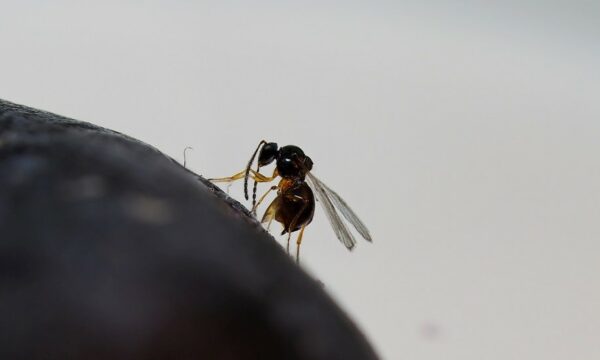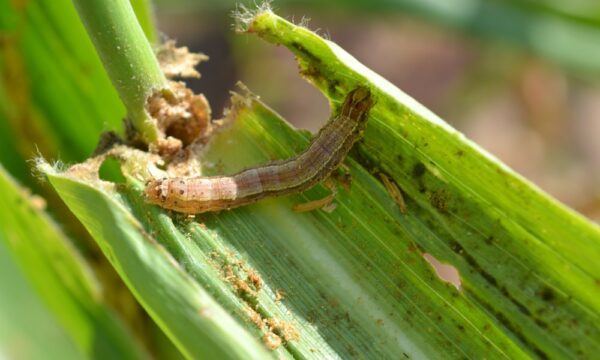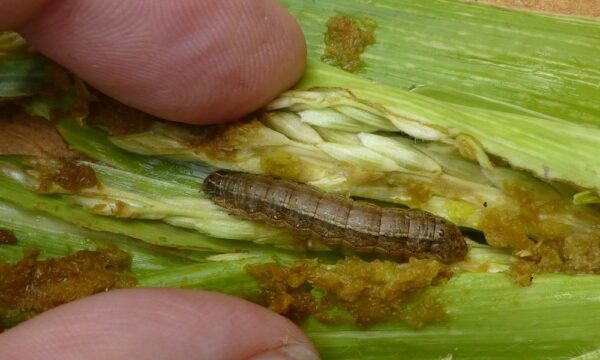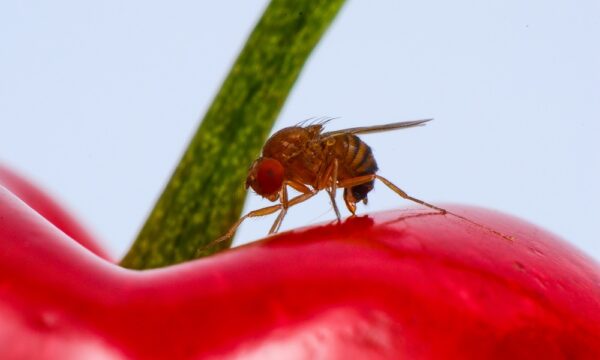
CABI scientists have contributed to research which reveals that the silver fly (Leucopis hennigrata) is a promising candidate to help protect Europe’s €1.5bn Christmas tree industry from a major pest threat.
Nearly 80 million natural Christmas trees are grown each year in Europe with Germany accounting for 25% of production followed by Denmark (20%), Poland (11%) and Great Britain (10%).
Of these, 45 million are the species Abies nordmanniana (Spach) (Pinaceae).
Important industry
The European production of Christmas trees is an important industry which has seen a steep increase in production in the past several decades.
However, Europe’s Christmas trees, which are also produced – albeit in lesser numbers in France, Belgium, Austria and Hungary – are at risk from the silver fir woolly adelgid, Adelges nordmannianae (Eckstein).
While the silver fly is known to be a common predator of the adelgid in Georgia, Turkey, and central Europe, it is absent from northern Europe, where Christmas tree production is a major contribution to industry.
Efficacy tested
A team of scientists, which include those from the University of Copenhagen, the United States Department of Agriculture (USDA) Forest Service, the California Department of Food and Agriculture, and Batumi Shota Rustaveli State University, Georgia, therefore, tested the efficacy of the silver fly to control the silver fir woolly adelgid.
As outlined in the journal Biological Control, the researchers – which included Dr Lukas Seehausen and Dr Marc Kenis, from CABI’s centre in Switzerland – suggest the silver fly is a suitable classical biological control agent for a number of reasons.
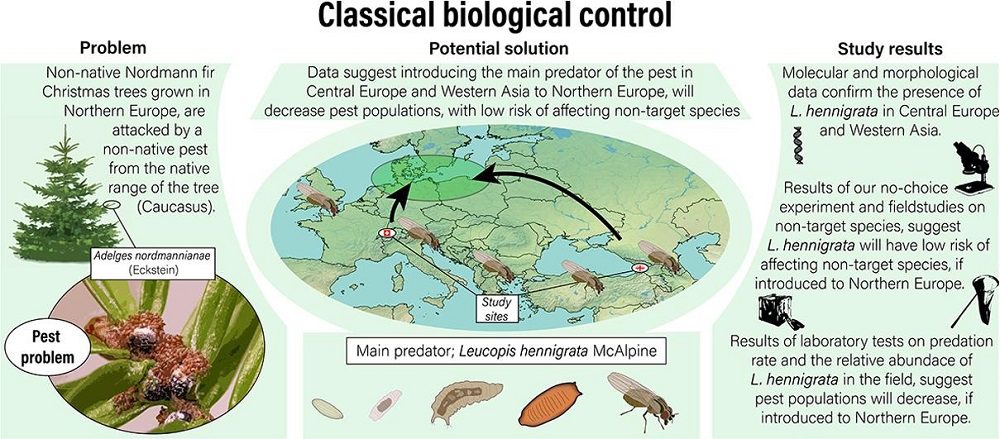
An efficient predator
These include the species already being present in countries that neighbour northern Europe, it is a dominant natural enemy of the pest in Switzerland, is an efficient predator of eggs of the silver fir woolly adelgid and is specific to the pest in its ecological range.
Using CABI’s laboratories in Switzerland, the scientists found that larvae of the silver fly killed between 57 to 117 eggs of the silver fir woolly adelgid in 24 hours.
They also discovered that while the silver fly oviposited on various non-target species, it rarely completed development – meaning that it is only a threat to the silver fir woolly adelgid.
The researchers conclude that should the silver fly fail to establish or control the silver fir woolly adelgid in northern Europe, another option would be to use it as an augmentative biological control agent to be released every year in Christmas tree plantations.
However, for this, a “cost-effective mass production system would have to be produced,” the scientists say.
Additional information
Main image: The silver fly could help protect Europe’s €1.5bn Christmas tree industry from the silver fir woolly adelgid pest, a team of scientists suggest (Credit: Pixabay).
Full paper reference
Mathias Just Justesen, M. Lukas Seehausen, Nathan P. Havill, Marc Kenis, Stephen D. Gaimari, Izolda Matchutadze, Deanna Zembrzuski, Hans Peter Ravn, ‘Evaluation of Leucopis hennigrata (Diptera: Chamaemyiidae) as a classical biological control agent of Adelges nordmannianae (Hemiptera: Adelgidae) in northern Europe,’ Biological Control, Volume 183, 2023, DOI: 10.1016/j.biocontrol.2023.105264.
The paper can be read here.
The 12 pests of Christmas (trees) video
See also the blog ‘The twelve pests of Christmas (trees).’
Related News & Blogs

